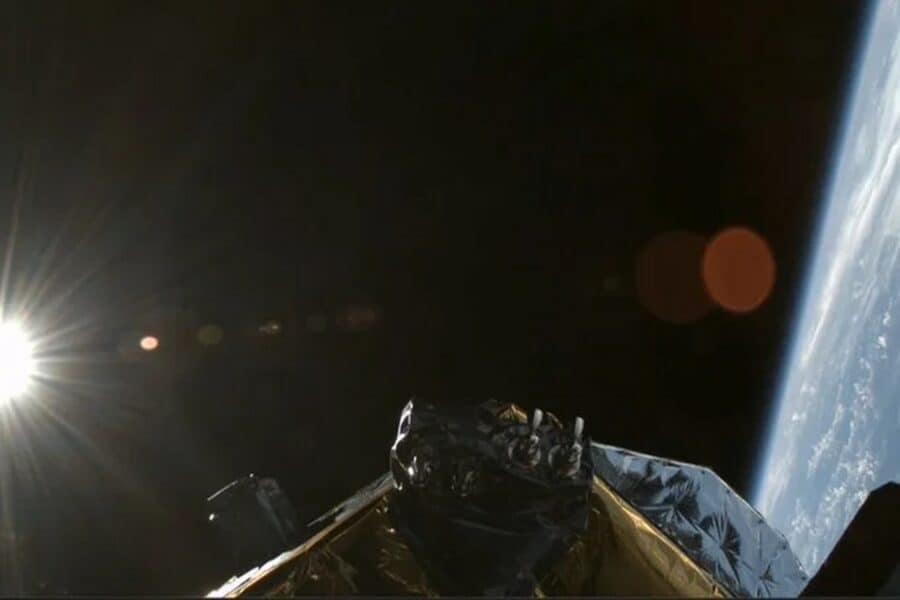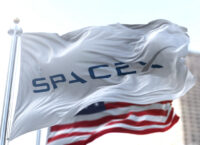On July 1, SpaceX successfully launched a Falcon 9 rocket into space with the Euclid spacecraft of the European Space Agency (ESA). The launch took place from Cape Canaveral in Florida, reports Engadget.
The telescope will study how dark matter and dark energy shape the universe. The device is equipped with a 600-megapixel camera, with which astronomers will record the night sky for the next six years. The telescope also has a near-infrared spectrometer and a photometer for measuring the redshift of galaxies.
👋 Safe travels, #ESAEuclid!
The #DarkUniverse 🕵️♂️ detective ventures into the unknown. pic.twitter.com/JvWBpIz4Sx
— ESA's Euclid mission (@ESA_Euclid) July 1, 2023
Combined with data from ground-based observatories, this information will help scientists estimate the distance between different galaxies. As The New York Times notes, one of the physicists’ hopes is that Euclid will allow them to determine whether Albert Einstein’s general theory of relativity works differently on a cosmic scale. There is a real possibility that the spacecraft could revolutionize the human understanding of physics and even offer a glimpse into the ultimate fate of the universe.
“If we want to understand the universe we live in, we need to uncover the nature of dark matter and dark energy and understand the role they played in shaping our cosmos,” said Carole Mundell, the ESA’s director of science. “To address these fundamental questions, Euclid will deliver the most detailed map of the extra-galactic sky.”
The telescope is now in space, about a million miles to the second Lagrange Point in the solar system. This is the same region of space where the James Webb Space Telescope has been operating for the past year. It will take Euclid about a month to travel there, with another three months spent testing the spacecraft’s instruments before the spacecraft can begin sending data back to Earth.
It was previously reported that the James Webb Space Telescope discovered a carbon-based molecule in the gas region of the Orion Nebula. It may be the “cornerstone of interstellar organic chemistry.”





Loading comments …